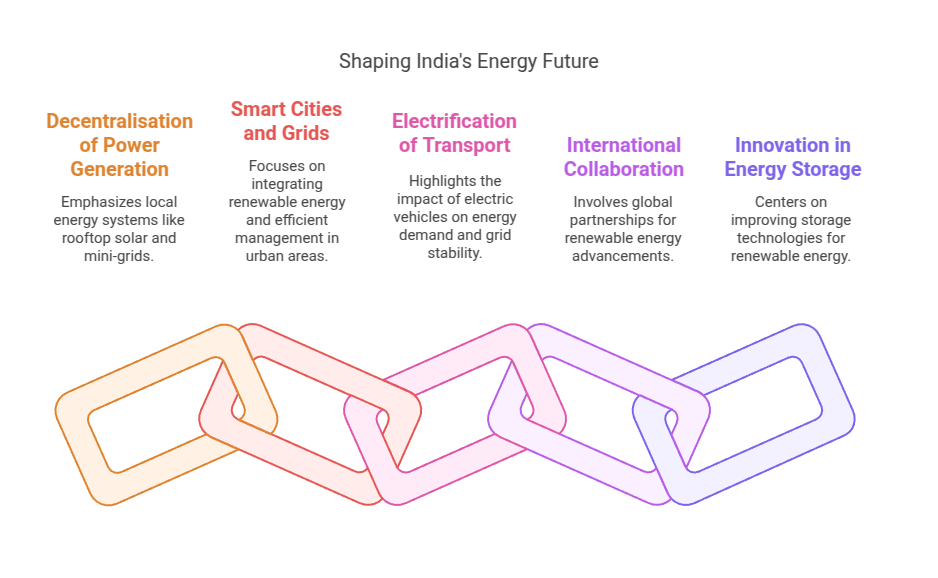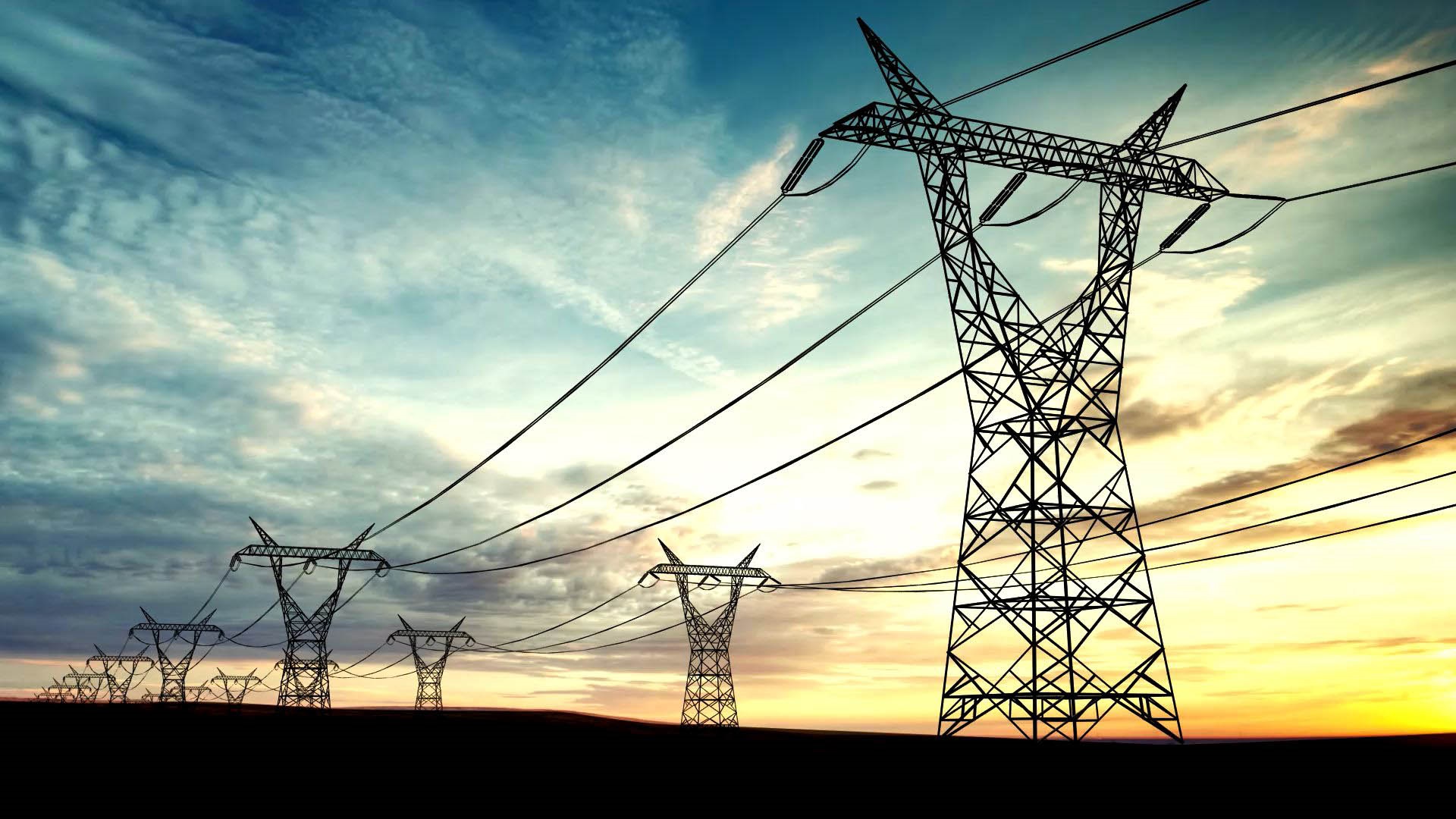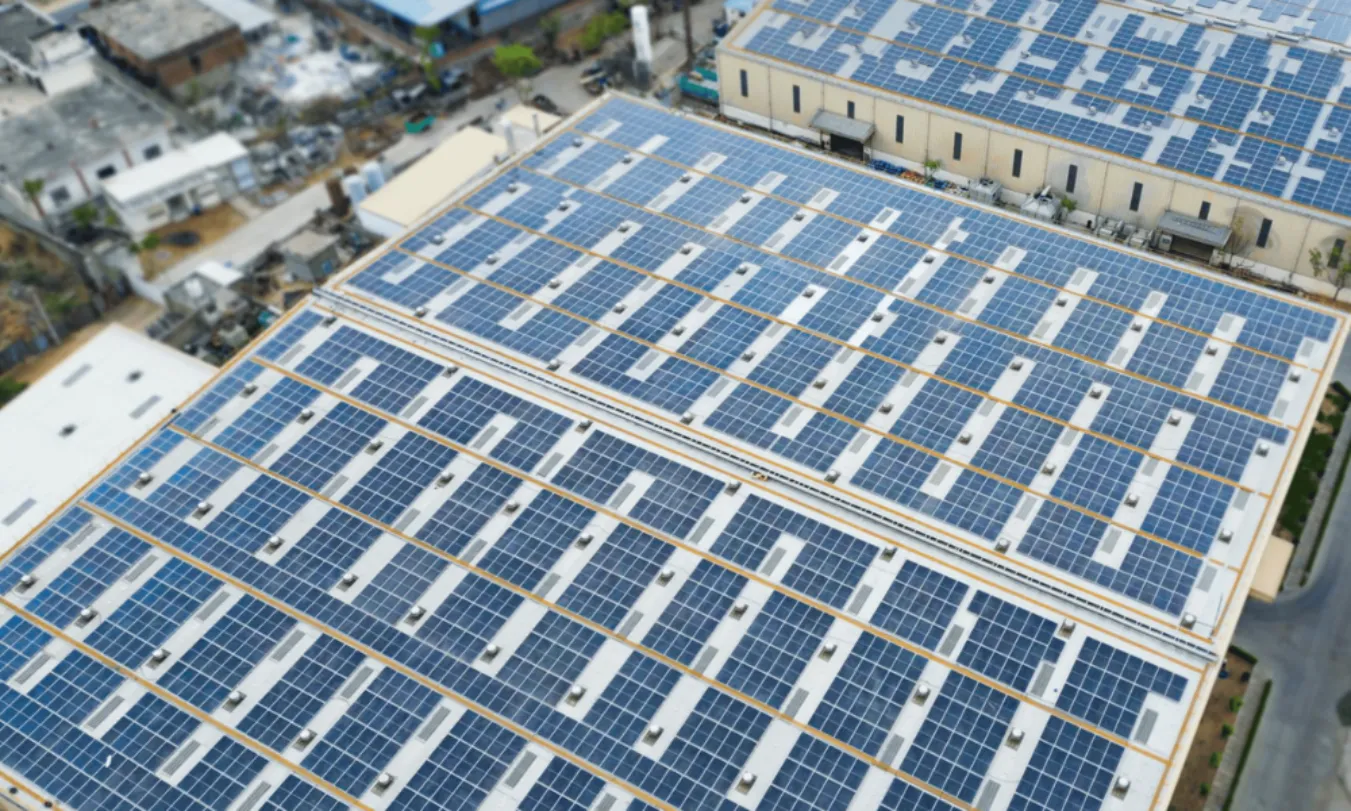India, with its large population and rapid economic progress, has an ever-increasing demand for energy. As the world swings towards cleaner and more sustainable energy sources, India’s transition to renewable power production has become a focal element of its strategy for meeting future energy demands.
This shift aims not only to meet present demands but also to ensure a sustainable and secure energy future. So, how does India plan for the future of power generation?
India’s Move Toward Renewable Power Generation
In the last ten years, India has embraced renewable energy with great success. The geographical diversity of the nation has enormous potential for the use of biomass, solar, wind, and hydropower, among other renewable energy sources. The Indian government has set high goals for the capacity of renewable energy, realising this potential.
Also, do you know that, it has been reported that India is investing in hydro and biomass energy? According to reports, the entire investment in the power sector over the last nine years has been around 17 lakh crores, with an additional 17.5 lakh crores in capacity under construction.
Large hydro projects, particularly in the Himalayan region, and small hydro projects across the country contribute significantly to the renewable energy mix. Biomass, derived from agricultural residues and organic waste, is being promoted as a sustainable energy source, especially in rural areas.
Future Outlook of Power Generation
The future outlook of power sector in India is promising, with a clear change towards renewable energy. However, achieving this vision requires overcoming several challenges. Integrating renewable energy into the national grid, ensuring energy storage solutions, and upgrading transmission infrastructure are crucial for a seamless transition.
Energy storage is a vital component in the renewable energy equation. Solar and wind energy are intermittent sources; they do not produce electricity consistently throughout the day. To address this, India is investing in advanced energy storage technologies such as batteries and pumped hydro storage. The development of energy storage infrastructure will enable the country to store excess energy generated during peak production times and use it when demand is high.
Grid modernization is another critical area. The integration of renewable energy into the grid requires sophisticated management systems to ensure stability and reliability. India is working on smart grid technologies that incorporate real-time monitoring, automated control systems, and advanced forecasting techniques to manage the variability of renewable energy sources.
Moreover, the Indian government is actively encouraging the participation of private players in the renewable energy sector. Policies and regulations have been streamlined to attract domestic and international investments. Initiatives like the International Solar Alliance, which India co-founded, aim to promote global collaboration in solar energy development.
India’s Vision for Power Generation
India’s vision for the Power industry is not just about expanding renewable energy capacity; it’s about creating a sustainable and inclusive energy ecosystem. This vision encompasses several key aspects:
Energy Access and Equity
As of 2023, India ranked fourth in wind power and solar power capacity, as well as fourth in renewable energy installed capacity. Ensuring that every citizen has access to reliable and affordable electricity is a primary goal. Initiatives like the Saubhagya scheme aim to electrify all households, particularly in rural and remote areas. Renewable energy, especially decentralised solutions like solar rooftops and mini-grids, plays a crucial role in achieving universal energy access.
Sustainability and Environmental Protection
Reducing the carbon footprint of the power sector is a significant priority. By transitioning to renewable energy, India aims to decrease its reliance on fossil fuels, thereby reducing greenhouse gas emissions and air pollution. Additionally, sustainable practices in energy generation, such as using waste-to-energy technologies, are being promoted.
Economic Growth and Job Creation
The renewable energy sector has the potential to create millions of jobs across the value chain, from manufacturing and installation to maintenance and research. By fostering a green economy, India aims to spur economic growth while addressing unemployment.
According to the data by IRENA, India’s renewable energy sector grew significantly in 2022, creating an estimated 988,000 employment opportunities.
Innovation and Technological Advancement
India’s renewable energy sector has approximately US$240 billion in investment potential, bolstering its global leadership in research and production.
Investing in research and development is critical for advancing renewable energy technologies. India is focusing on developing homegrown technologies and collaborating with global experts to innovate in areas such as solar efficiency, wind turbine design, and energy storage solutions.
Policy Support and Regulatory Frameworks
Strong policy support and a conducive regulatory environment are essential for the growth of renewable energy. The Indian government has implemented several policies, such as the Renewable Purchase Obligation (RPO) and tariff-based competitive bidding, to incentivize renewable energy adoption.
The Future of Power Generation
Looking ahead, the future of power generation in India is set to be transformative. The country’s commitment to renewable energy is evident in its ambitious targets and proactive policies. India looks to be well-positioned to meet its 2030 aim of 50% cumulative installed electric power from clean energy sources and to accomplish its renewable energy target of 500 GW installed capacity.
This bold vision reflects the country’s determination to lead the global renewable energy transition.
Several key trends are expected to shape the future of smart power generation in India:
Decentralisation of Power Generation: Decentralised renewable energy systems, such as rooftop solar and community-based mini-grids, will become more prevalent. These systems offer several advantages, including reduced transmission losses, increased energy security, and empowerment of local communities.
Smart Cities and Smart Grids: The development of smart cities will be closely linked with smart grid technologies. These cities will integrate renewable energy sources, energy-efficient buildings, and advanced grid management systems to create sustainable urban environments.
Electrification of Transport: The shift towards electric vehicles (EVs) will significantly impact power generation and consumption patterns. EVs will increase electricity demand, but they also offer opportunities for grid stabilisation through vehicle-to-grid technologies.
International Collaboration: India will continue to collaborate with other countries and international organisations to share knowledge, technology, and best practices in renewable energy. Initiatives like the International Solar Alliance will play a pivotal role in fostering global cooperation.
Innovation in Energy Storage: Advancements in energy storage technologies will be crucial for managing the intermittency of renewable energy sources. Research and development in this field will focus on improving the efficiency, capacity, and cost-effectiveness of storage solutions.

Conclusion
India’s move toward renewable power generation is a dynamic process that involves technological, economic, and social dimensions. The future outlook of power generation in India is bright, with a strong emphasis on sustainability, inclusivity, and innovation. By aligning its vision for power generation with global trends and national priorities, India is poised to become a leader in the renewable energy revolution. The future of power generation in India promises not only to meet the country’s growing energy needs but also to contribute to a cleaner and greener planet.
Hartek Group aims the same!
With a devoted staff of around 300 individuals, the company is one of India’s fastest expanding, delivering services in Engineering, Renewables, Technology, Construction, Fuel, and Manufacturing. Having completed more than 300 projects on a full turnkey basis in more than 21 Indian states. Hartek Group company has a clear vision for nation-building and providing every customer with dependable electricity, is well-represented in state and central utilities and is actively developing the nation’s grid infrastructure.
Frequently Asked Questions
-
What is India’s renewable power generation target for 2030?
India aims to achieve 500 GW of installed renewable energy capacity by 2030, contributing 50% of its total power generation. -
Why is energy storage important for India’s power sector?
Energy storage ensures a stable power supply by storing excess energy from intermittent sources like solar and wind for use during peak demand. -
How does grid modernization support renewable energy in India?
Smart grids with AI, IoT, and automated control systems help integrate renewable energy efficiently, ensuring grid stability and reliability. -
What role does the private sector play in India’s power generation?
Companies like Hartek Group are driving power sector growth by developing grid infrastructure, renewable projects, and smart energy solutions. -
How will electric vehicles impact India’s power demand?
The rise of EVs will increase electricity consumption but also offer opportunities for grid stabilization through vehicle-to-grid technology.
Share:
Explore More
Keep up-to-date with the most trending news stories that are shaping the world today.







